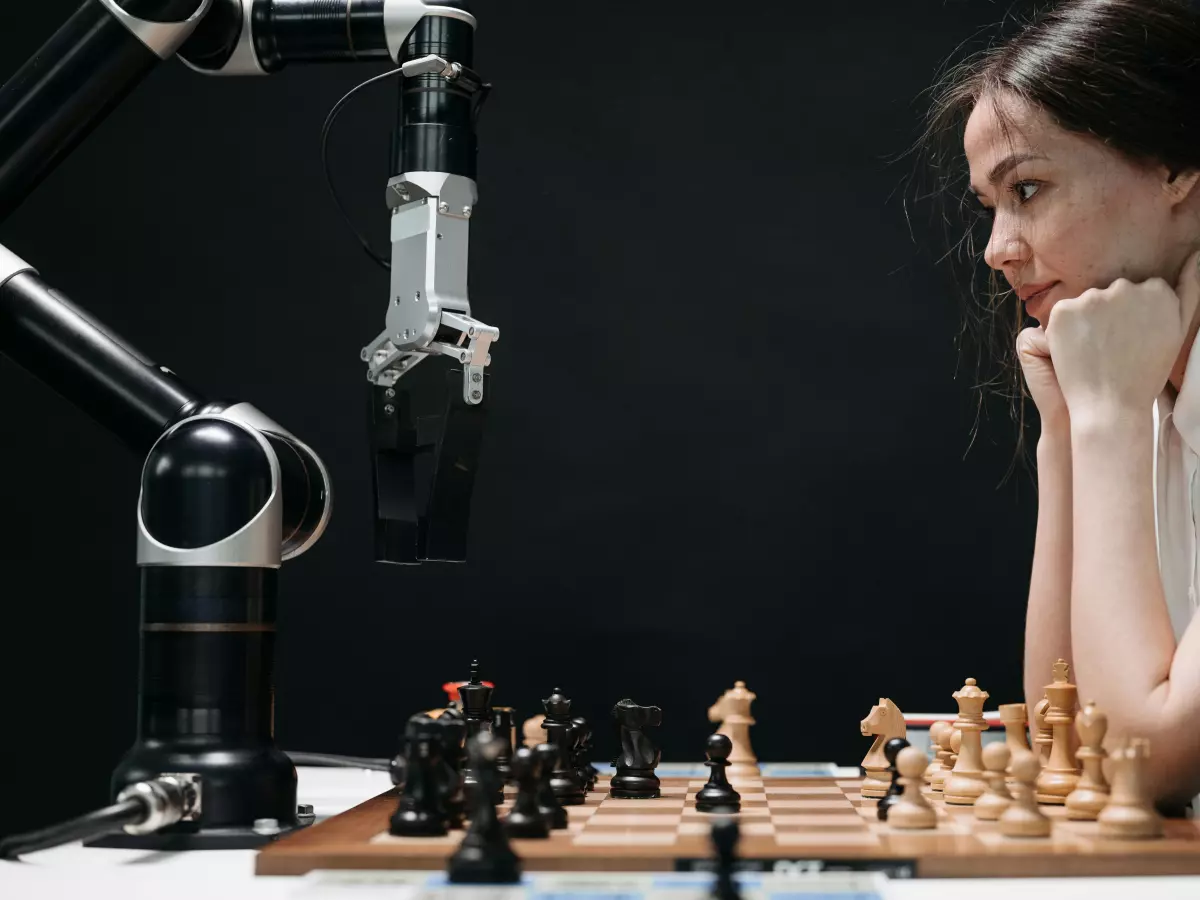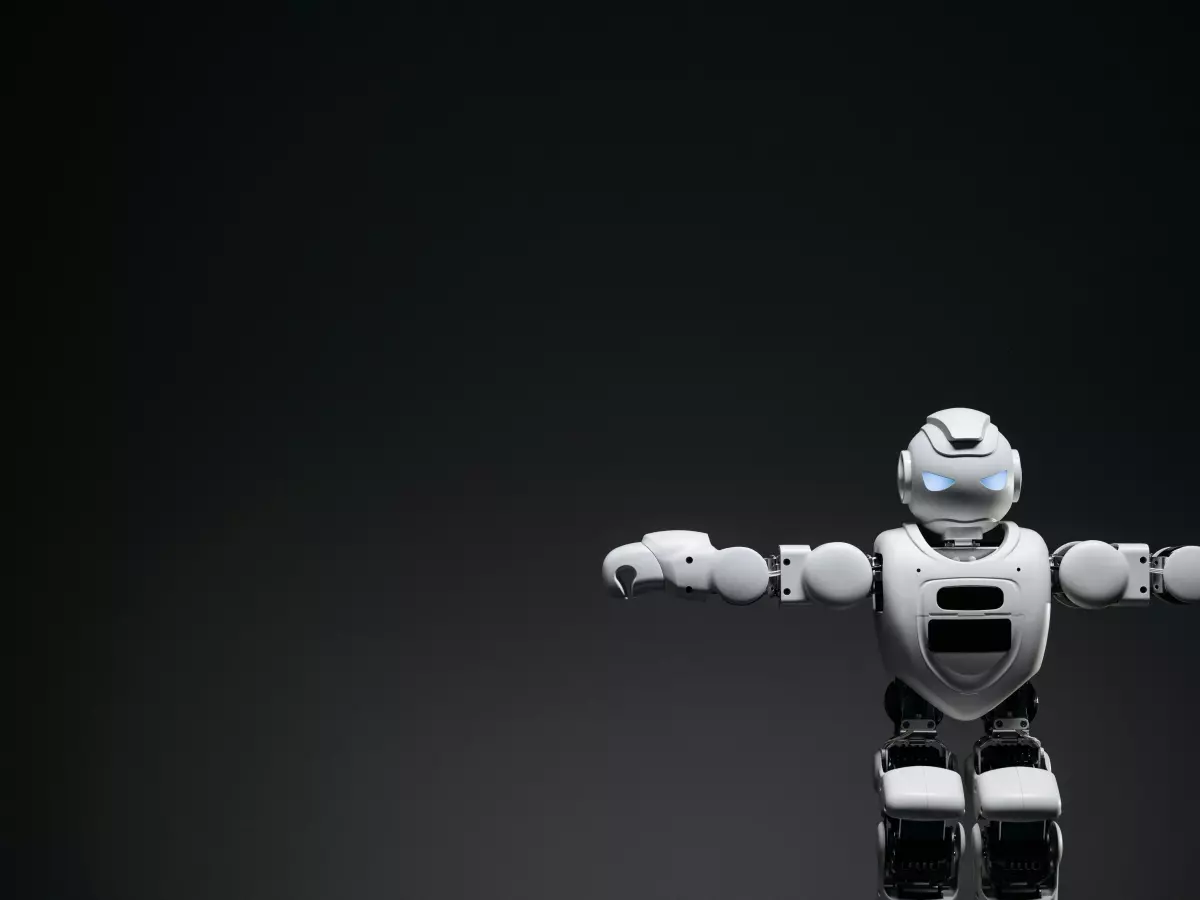Staying Upright
Imagine a humanoid robot walking across a crowded room, dodging obstacles, and maintaining perfect balance. Now, think about what happens when it stumbles or encounters uneven terrain. How does it stay upright?

By Elena Petrova
Humanoid robots are fascinating, not just because they look like us, but because they move like us too—well, almost. One of the biggest challenges in humanoid robot design is ensuring they can maintain stability in unpredictable environments. Whether it's walking on uneven ground, recovering from a push, or standing still while performing tasks, stability is key. But how do they do it?
It all comes down to a combination of clever design, sensor integration, and advanced motion control algorithms. Let's break it down and explore the magic behind humanoid robot stability control.
Why Stability Matters
Before we dive into the technical stuff, let's talk about why stability is so important. Imagine a robot that constantly wobbles or falls over at the slightest bump—pretty useless, right? Stability is what allows humanoid robots to perform tasks in dynamic environments, whether it's assisting humans in a hospital or navigating a disaster zone. Without it, they wouldn't be able to walk, let alone perform complex tasks like lifting objects or interacting with humans.
Stability isn't just about keeping the robot upright. It's about ensuring smooth, natural movements that mimic human behavior. The more stable a robot is, the more lifelike and functional it becomes. But achieving this level of control is no easy feat.
The Role of Sensors in Stability
At the heart of a humanoid robot's stability control system are its sensors. These sensors provide real-time data about the robot's position, movement, and environment. Without this information, the robot wouldn't be able to adjust its posture or movements to maintain balance.
There are several types of sensors that play a role in stability control:
- Inertial Measurement Units (IMUs): These sensors measure the robot's acceleration and angular velocity, helping it understand its orientation in space.
- Force Sensors: Placed in the robot's feet or joints, these sensors detect the amount of force being applied to different parts of the robot's body. This helps the robot adjust its posture to maintain balance.
- Gyroscopes: Gyroscopes measure the robot's rotational movement, allowing it to detect when it's tipping or rotating unexpectedly.
- Proprioceptive Sensors: These sensors provide feedback about the robot's own body, such as joint angles and limb positions, helping it maintain a stable posture.
By combining data from these sensors, the robot can make real-time adjustments to its movements, ensuring it stays upright even in challenging conditions.
Motion Control Algorithms: The Brain Behind the Balance
While sensors provide the data, it's the motion control algorithms that make sense of it all. These algorithms are the brain behind the robot's balance, processing sensor data and determining the best course of action to maintain stability.
One of the most common techniques used in humanoid robots is the Zero Moment Point (ZMP) method. The ZMP is the point on the ground where the sum of all the forces acting on the robot is zero. If the robot's center of mass moves outside this point, it will lose balance and fall. By constantly adjusting its posture to keep its center of mass within the ZMP, the robot can maintain stability.
Another popular technique is Model Predictive Control (MPC). This algorithm predicts the robot's future movements based on its current state and makes adjustments to ensure stability. MPC is particularly useful in dynamic environments where the robot needs to react quickly to changes in its surroundings.
These algorithms work in tandem with the robot's sensors, allowing it to make split-second decisions to maintain balance. Whether it's adjusting its foot placement, shifting its weight, or bending its knees, the robot is constantly fine-tuning its movements to stay upright.
Design Considerations for Stability
Of course, stability isn't just about sensors and algorithms. The physical design of the robot also plays a crucial role. Engineers need to carefully consider the robot's center of mass, weight distribution, and joint flexibility to ensure it can maintain balance.
For example, many humanoid robots are designed with a low center of mass to improve stability. This is why you'll often see robots with slightly bent knees or wide stances—they're trying to keep their center of mass as low as possible to reduce the risk of falling.
Joint flexibility is another important factor. Robots with stiff joints are more likely to lose balance, as they can't adjust their posture as easily. By incorporating flexible joints, engineers can give the robot more freedom of movement, allowing it to make the small adjustments needed to stay upright.
Finally, the robot's feet play a big role in stability. Many humanoid robots have large, flat feet to provide a stable base of support. Some even have sensors embedded in their feet to detect changes in pressure and adjust their posture accordingly.
Real-World Applications
So, why does all this matter? Well, humanoid robots are being used in a wide range of industries, from healthcare to manufacturing to disaster response. In each of these environments, stability is crucial.
In healthcare, for example, robots need to be able to navigate crowded hospital corridors and assist patients without losing balance. In manufacturing, robots need to perform precise tasks while standing on uneven surfaces or moving between workstations. And in disaster response, robots need to be able to traverse rubble and debris without falling over.
By mastering stability control, humanoid robots can become more versatile and capable, opening up new possibilities for their use in the real world.
The Future of Humanoid Robot Stability
As technology continues to advance, we can expect even more sophisticated stability control systems in humanoid robots. Researchers are exploring new sensor technologies, such as vision-based systems that allow robots to "see" their environment and make more informed decisions about their movements.
There's also a growing interest in machine learning and AI-driven stability control. By training robots to learn from their experiences, engineers hope to create robots that can adapt to new environments and improve their stability over time.
In the future, we may see humanoid robots that are not only stable but also capable of performing complex tasks with the same grace and precision as humans. But for now, the focus remains on perfecting the balance between sensors, algorithms, and design to create robots that can stay upright in even the most challenging conditions.
So, the next time you see a humanoid robot walking confidently across a room, remember—there's a lot more going on beneath the surface than meets the eye.





